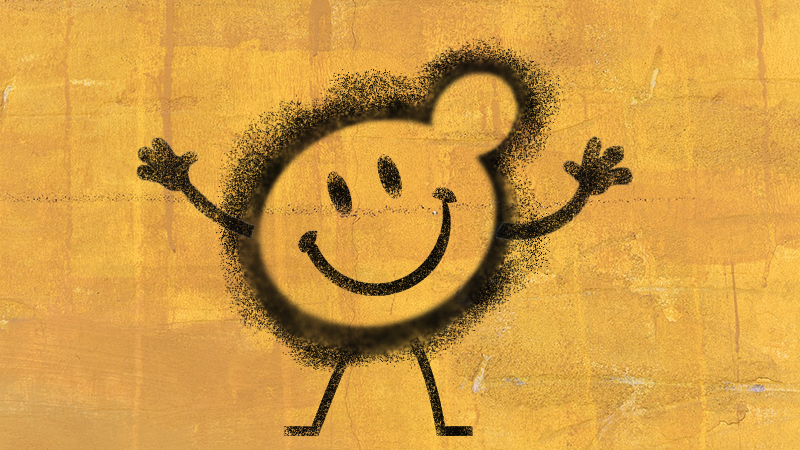There are many research examples of yeast genes that were replaced by human orthologs for protein characterization, some of which with direct human disease relevance. One excellent example is out of Berkeley by researchers from the Rine lab published in 2012 where they characterized Cystathionine-β-Synthase (CBS) deficiency in yeast by replacing the yeast ortholog CYS4 with 84 CBS allele variants. The data revealed widespread changes in metabolism, which shed light on the correlation between allelic variances and resulting disease phenotypes. And in 2001 a study was published from Cavadini et al that human frataxin, a protein which is reduced in Freidrich ataxia, could complement the yeast frataxin homolog. This helped characterize the function of human frataxin as it relates to the disease biology.
If you need more proof that yeast and humans have a lot in common, then check out the research just out of the Marcotte lab at UT Austin. Aashiq Kachroo and his colleagues replaced 414 yeast essential genes with their human complements to see if the human orthologs could function for the yeast genes. This research provides great insight on how genes retain functionality across species that diverged over one billion years ago.
Based on amino acid sequence yeast and human orthologs are only 32% identical on average with the lowest being at 9%. But in order to get out how many are interchangeable based on function, the researchers decided to replace yeast essential genes, the genes that are essential for yeast cells to grow. They cloned all of the human orthologs into a yeast plasmid. The genes were under the control of an inducible or constitutive promoter, meaning that transcription could be turned on or was always on, respectively. Additionally yeast strains were engineered such that all orthologous genes in yeast could be down-regulated, meaning expression of the genes could be turned down or turned off.
They determined that 176 yeast genes could be substituted by the human ortholog out of the 414 tested. Based on these data, it was necessary to figure out what it is about the orthologs that determine their ability to complement the yeast essential genes. Through various analyses it was determined that sequence identity did not predict whether or not a human ortholog could function in the yeast context. However, proteins that were part of the same pathways or complexes could be replaced by their orthologs similarly, and genes that were shorter in length and expressed at higher levels, were more likely to be replaceable. Interestingly, it was shown that almost the entire sterol biosynthesis pathway was replaceable by the human orthologs, which means that sterol biosynthesis, ergosterol in yeast and cholesterol in humans, is highly conserved.
For more detailed information on ortholog specifications for replacement and more information on categories of orthologs that can be replaced, check out the awesome paper in Science — if you have access – open access people, come on!

This research shows that yeast can be humanized for rapid drug discovery, or to characterize how specific mutations in human proteins affect cellular pathways, or to just characterize entire cellular pathways in an easier system than within the mammalian context. For Perlstein Lab, this is an excellent finding as it further proves yeast can be used as models for human disease and specifically in the case of the sterol biosynthesis pathway further validating our use of yeast in screens to discover therapeutics for Niemann-Pick Type C


